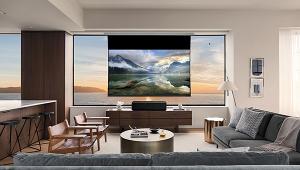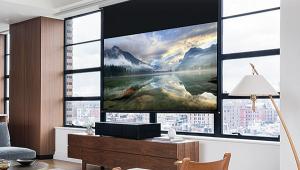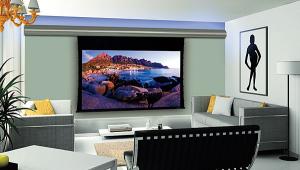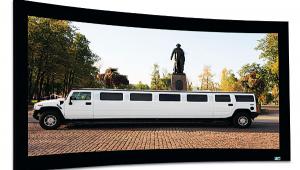How To Shop for a Video Projector

It wasn’t so long ago—less than 10 years, in fact—that video projection in the home meant a bulky CRT projector that often weighed 200-plus pounds and took hours to set up. It used three separate CRTs, one each for red, green, and blue, which had to be precisely converged and focused on site. Once the setup was complete, you couldn’t move the projector without risking a need to repeat the entire operation. The CRTs also tended to drift, so periodic reconvergence was needed, either by the dealer or by a tech-savvy owner. It was complicated and expensive. Once you threw the cost of the then-expensive video scalers (needed by the day’s standard-definition sources) into the mix, the proposition could easily run into six-figure prices. But the best of these CRT setups were truly amazing—even in standard definition.
You can still pay that kind of money for the highest-end, modern digital projectors. But you can also pay less than $10,000 for a stable, reliable digital projector that’s superior to even the best CRT in virtually all respects. The modern projector will be smaller and far easier to set up. More importantly, it will be more accurate and detailed (today’s high-definition sources certainly help with that), and it will produce a brighter, punchier, and more compelling image.
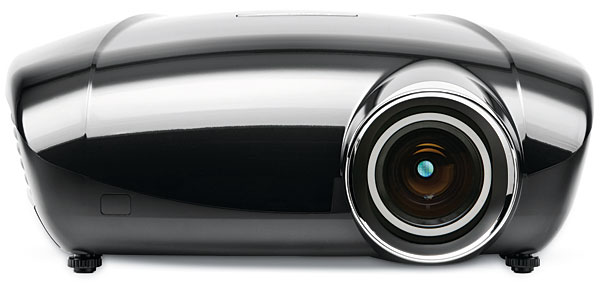
Today’s video projectors use three different digital technologies: LCD (liquid crystal diode), LCOS (liquid crystal on silicon), and DLP (digital light processing—developed and trademarked by Texas Instruments). Manufacturers usually market their LCOS projectors under proprietary names. The most prominent are D-ILA (JVC) and SXRD (Sony).
All of today’s home theater digital projectors employ a light source, a single lens, and one or more fixed-pixel imaging chips that respond to the source when driven by appropriate electronics. Most DLP projectors employ a single DLP chip, technically known as a DMD or digital micromirror device. When used together with a synchronized color wheel with red, green, blue, and sometimes other segments, the result is a full range of colors.
LCOS and LCD designs dispense with the moving color wheel and instead use three imaging chips, one for each primary color (red, green, and blue). There are also three-chip DLP projectors that don’t require a color wheel, but they tend to be very expensive and are primarily found in commercial digital cinema and the highest-end home theaters.
At the current state of the art, none of these different technologies has a lock on the best video performance. The quality depends on other aspects of their design and price. We’ve evaluated outstanding examples of each. You should focus your search on designs made for home theater use, such as those shown in our charts on page 26. There’s also a wide range of business projectors (not shown in our charts). While these can be less expensive than home designs, they’re usually optimized for PowerPoint presentations and spreadsheets, not movies.
Individual needs and preferences being what they are, it’s impossible to pin down precisely how much you can expect to pay for a modern home theater projector. Most buyers will find great choices from as low as $2,000 to as high as $10,000. Early in the transition to digital projectors, many designs were 720p, but today you’ll find mostly 1080p models at well under $3,000. There’s no longer any reason to settle for anything less than full 1080p, although a few 720p designs are still available at under $2,000.
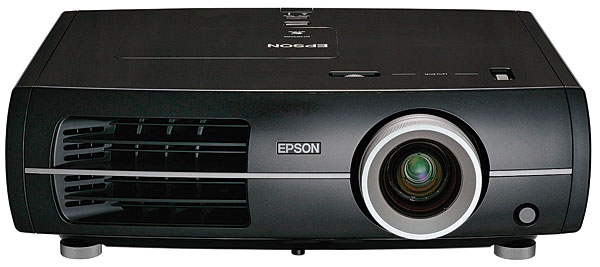
Until recently, all video projectors used projection lamps exclusively for a light source, and most still do. Projection lamps dim with age. While most are specified for 2,000 hours of use, they gradually decrease to at most half brightness by that point. Fussy viewers can expect to feel the lamp-replacement itch somewhere past 1,000 hours. New lamps can cost $300 or more each, so always check on the lamp replacement cost before you buy a projector to avoid an unpleasant surprise later. You might even get your dealer to sweeten the deal by throwing in a spare lamp.
A few projectors now use LEDs as a light source instead of a projection lamp. LEDs have a number of advantages, chief among them very long life; it’s unlikely that you’ll need to replace them before you replace the projector itself. But while LEDs may seem like a welcome alternative to that $300-a-pop treadmill, LED projectors are far more expensive than the lamp-based variety. At their current state of development, they also tend to be dimmer than lamped projectors—a significant concern if you’re shooting for a very large screen and/or 3D.
- Log in or register to post comments
